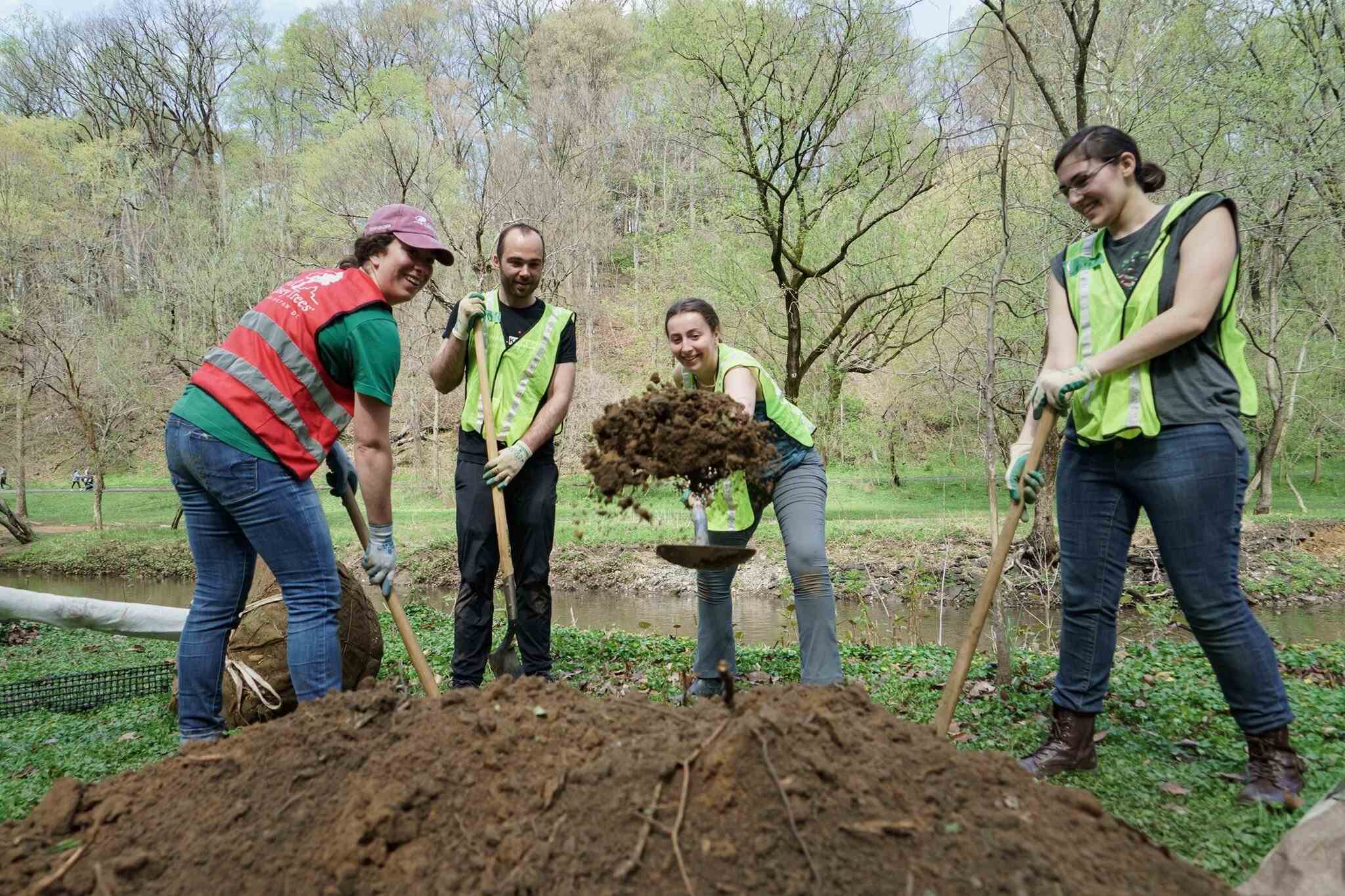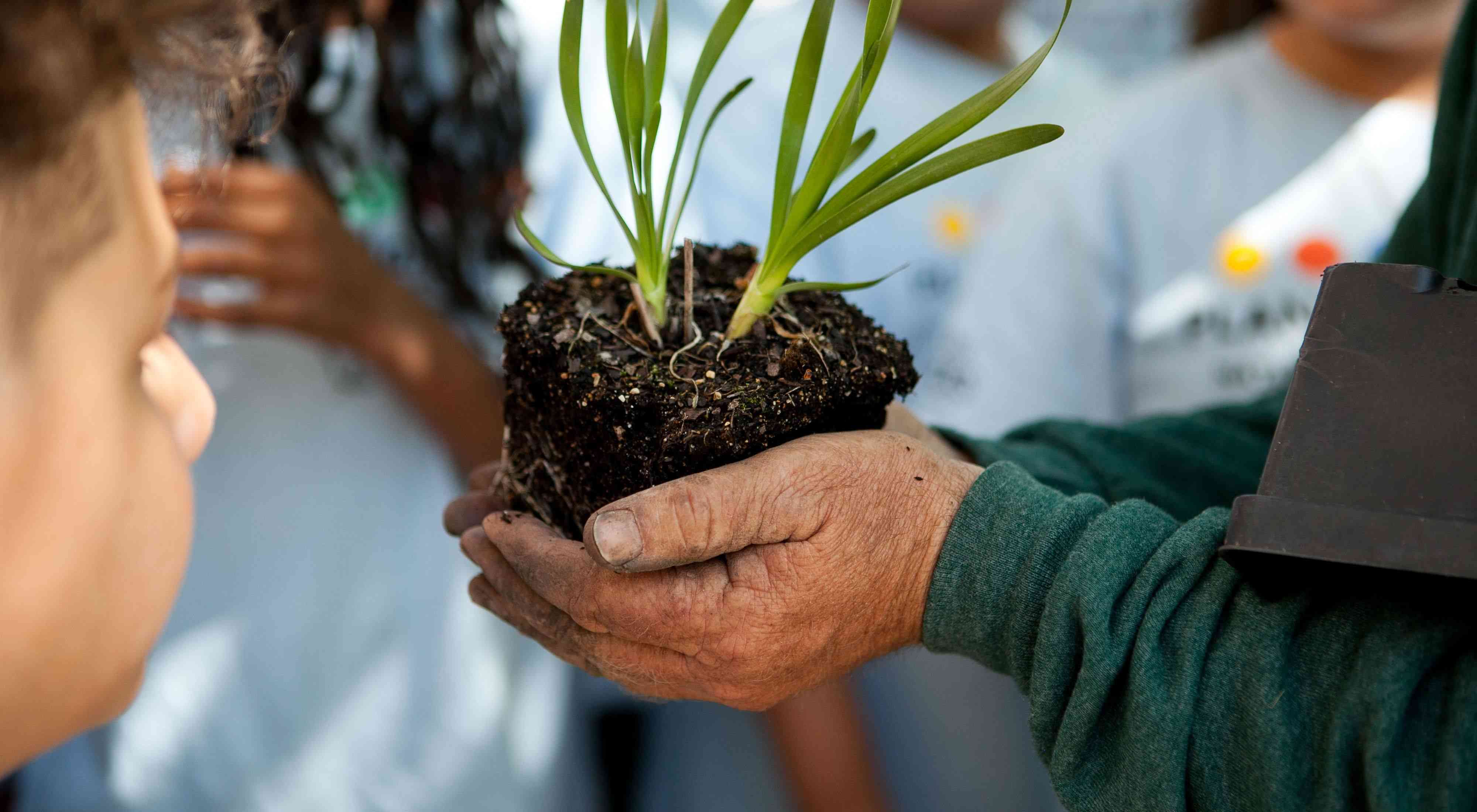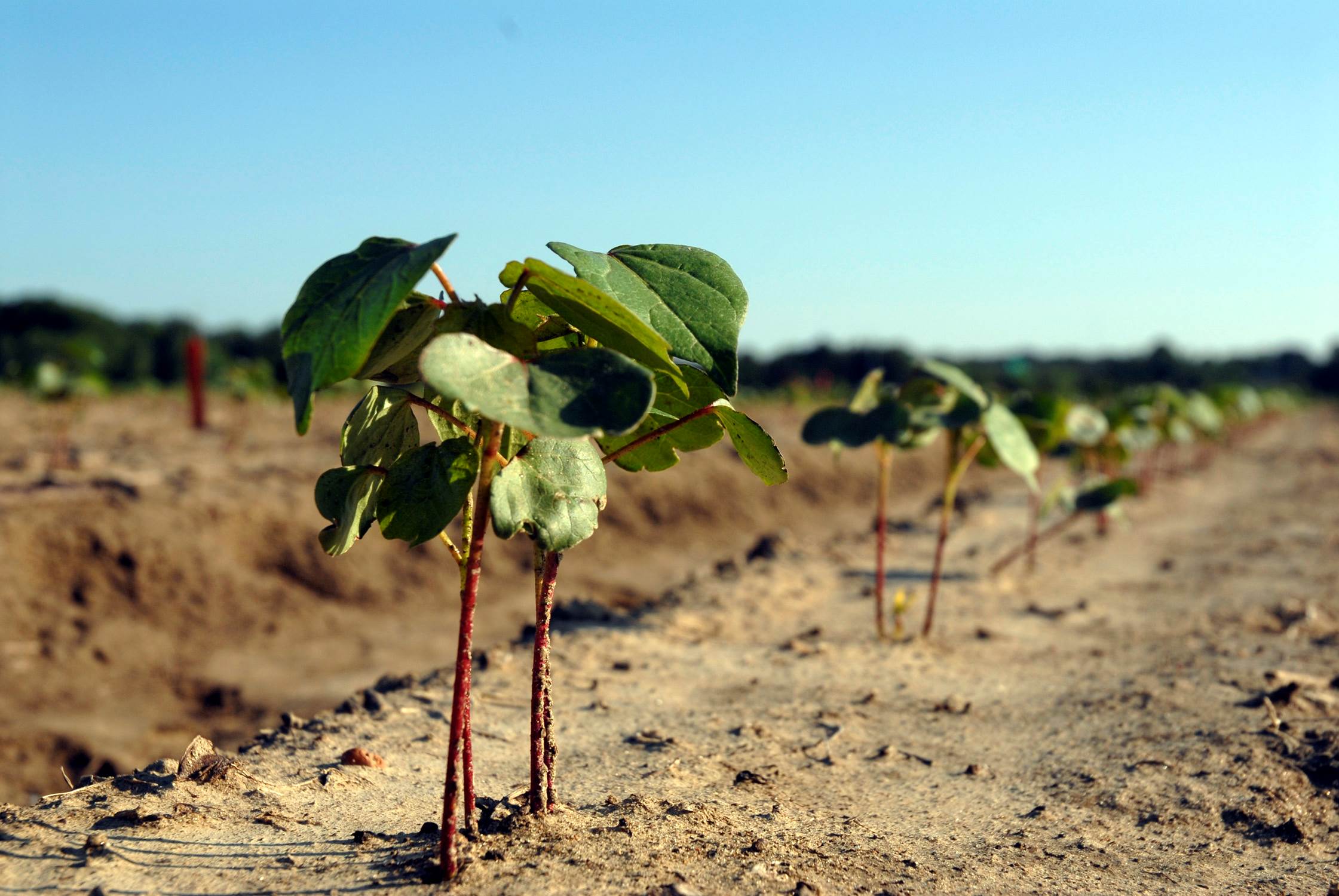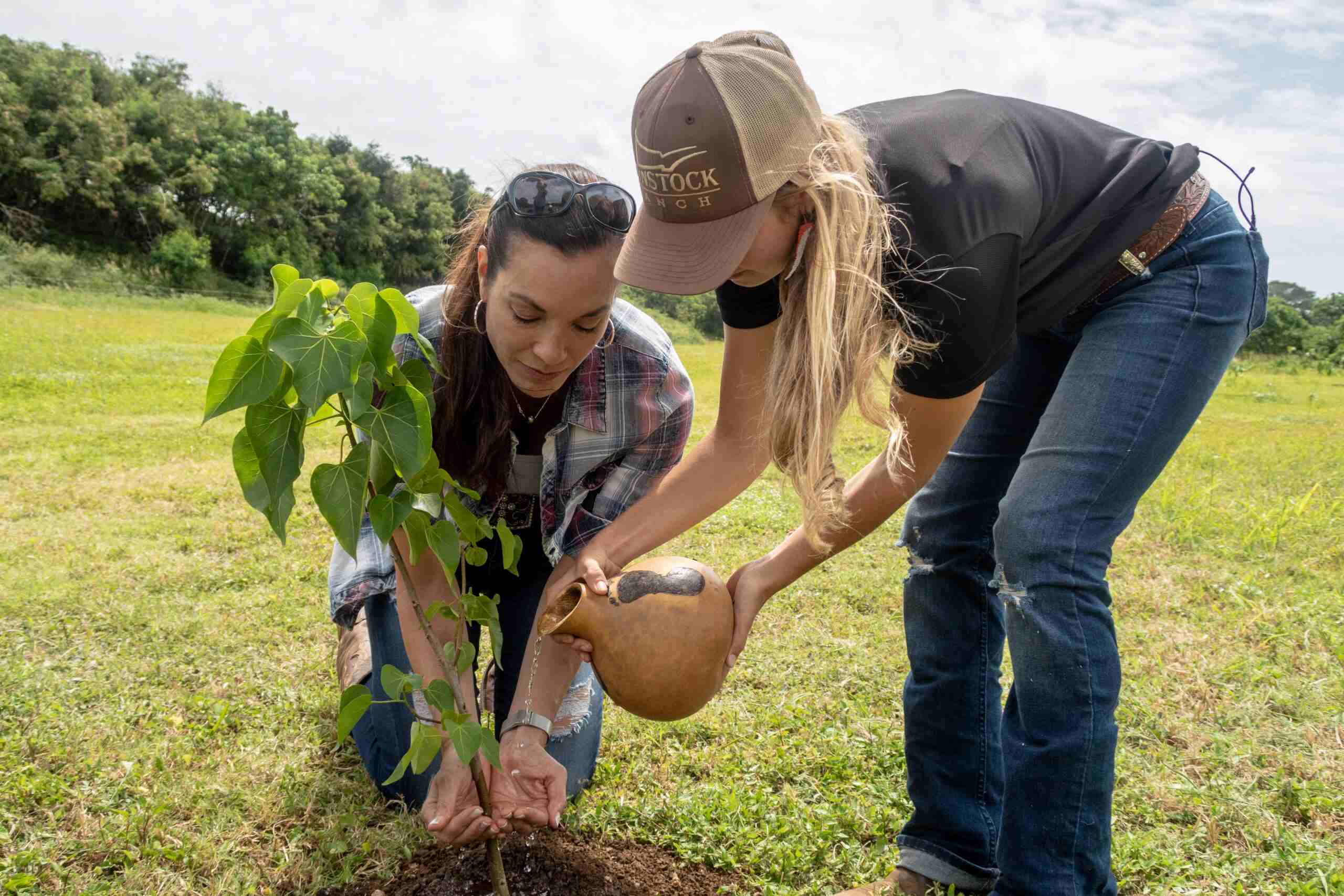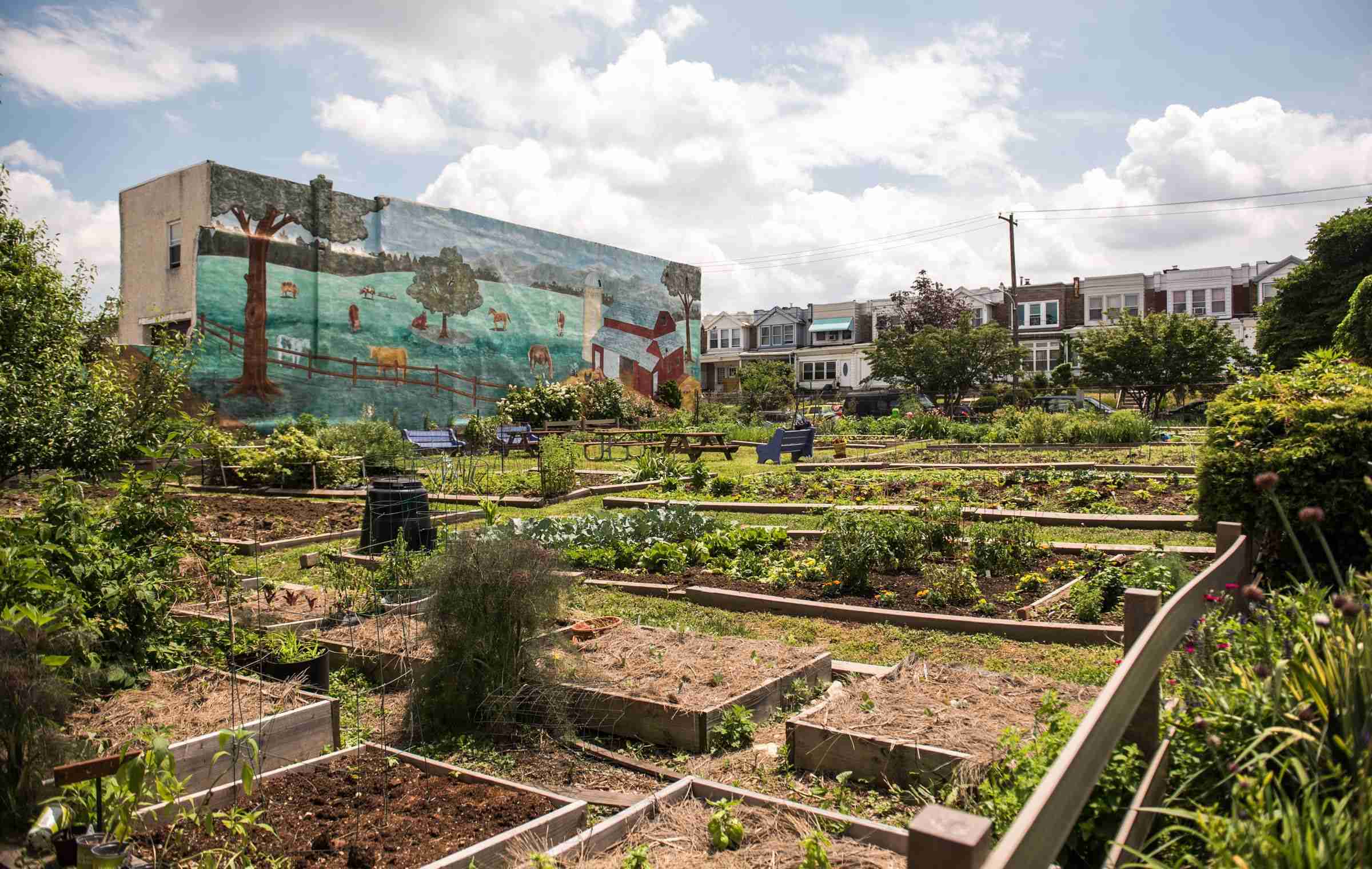Home>Gardening Basics>Understanding Soil>What Planting Zone Am I In


Understanding Soil
What Planting Zone Am I In
Modified: January 22, 2024
Discover your planting zone and understand the soil with our comprehensive guide. Find out which zone you belong to and optimize your gardening efforts.
(Many of the links in this article redirect to a specific reviewed product. Your purchase of these products through affiliate links helps to generate commission for Chicagolandgardening.com, at no extra cost. Learn more)
Table of Contents
Introduction
When it comes to gardening, understanding your planting zone is crucial for successful and thriving plants. Planting zones provide valuable information about the climate and environmental conditions of a particular region. By knowing your planting zone, you can select plants that are well-suited to your area, ensuring they have the best chance of survival and growth.
Planting zones, also known as hardiness zones, are geographic areas that are categorized based on their average minimum temperature. They are created by dividing the world into zones, each representing a specific temperature range. These zones help gardeners and farmers determine which plants are most likely to thrive in their specific climate.
Knowing your planting zone is essential because different plants have different temperature requirements. Some plants are hardy and can withstand cold temperatures, while others are more sensitive and require a warmer climate to grow. By understanding your planting zone, you can make informed decisions about what to plant in your garden or landscape.
Planting zones are determined by various factors, including average winter temperatures, length of the growing season, and extreme weather patterns. These factors are used to create a standardized system that divides regions into different zones, each with its own set of temperature ranges.
Factors such as elevation, proximity to bodies of water, and microclimates within a region can also affect planting zones. For example, coastal areas may have milder winters due to the moderating effect of the ocean, while higher elevations may experience colder temperatures.
To determine your planting zone, you can refer to planting zone maps or use online tools and resources that provide detailed information based on your location. These resources make it easy to find out your planting zone and ensure you are selecting appropriate plants for your area.
In this article, we will explore how planting zones are determined, the factors that affect them, and various methods you can use to find out your planting zone. By the end, you will have a better understanding of the importance of planting zones and how they can help you create a successful and thriving garden.
Understanding Planting Zones
Planting zones are a valuable tool for gardeners and farmers as they provide information about the suitability of different plants for specific regions. Each planting zone represents a specific range of average minimum temperatures, which helps determine which plants can thrive in a particular area.
Understanding your planting zone is crucial because it allows you to choose plants that are adapted to your climate. Plants that are well-suited to your zone are more likely to survive and thrive, while plants that are not suitable for your zone may struggle or fail to grow altogether.
Planting zones are typically established based on average winter temperatures, as cold temperatures can greatly impact the survival and growth of plants. These zones serve as a guide for selecting plants that can tolerate the lowest temperatures experienced in a specific region.
For example, if you live in a region with harsh winters and your planting zone indicates that the average minimum temperature is -20°F (-29°C), you would need to choose plants that can withstand such extreme cold. On the other hand, if you live in a milder climate with a minimum temperature of 40°F (4°C), you have a wider range of plants to choose from.
Planting zones are not just limited to indicating cold tolerances. They also provide insights into other climatic factors such as heat and humidity. For example, a planting zone with a high average summer temperature and humidity may require plants that are more heat-tolerant and drought-resistant.
By understanding your planting zone, you can select plants that are more likely to thrive in your specific climate. This knowledge can save you time, effort, and money by helping you avoid plants that are not well-suited to your area. It also allows you to plan your garden more effectively, ensuring that your chosen plants have the best chance of success.
Keep in mind that planting zones are just one piece of the puzzle when it comes to successful gardening. Other factors such as soil type, sunlight exposure, and precipitation also play a role in plant health and growth.
In the following sections, we will explore how planting zones are determined, the factors that influence them, and how you can find out your planting zone. By understanding these aspects, you will be better equipped to create a thriving garden that is well-suited to your specific climate and conditions.
How Planting Zones Are Determined
Planting zones are determined by analyzing various climatic factors and categorizing regions based on their average minimum temperature. This information helps gardeners and farmers understand the temperature requirements of different plants and select suitable varieties for their specific zone.
The primary factor used in determining planting zones is the average minimum winter temperature experienced in a given region. The United States, for example, is divided into multiple planting zones, ranging from Zone 1 (coldest) to Zone 13 (warmest).
To establish these zones, meteorological data, such as temperature records from multiple years, is analyzed to identify the lowest average winter temperatures that occur in different areas. These lowest temperature values serve as the basis for defining the boundaries of each planting zone.
In addition to average minimum temperature, other climate-related factors can also influence the determination of planting zones. These factors include the length of the growing season, the number of frost-free days, the likelihood of extreme temperature fluctuations, and the presence of microclimates within a region.
Microclimates are localized areas with slightly different climatic conditions compared to the surrounding region. These variations can be caused by factors such as proximity to bodies of water, altitude, or the presence of urban heat islands. Microclimates can result in slightly different planting zone classifications within a larger geographic area.
It’s important to note that while planting zones provide a general guideline for plant selection, they do not account for other important factors, such as humidity, precipitation, and soil conditions. Therefore, it’s always beneficial to consider these additional factors when planning and caring for your garden.
Furthermore, planting zone maps and classifications are periodically updated to reflect any changes in climate patterns. As global warming and climate change continue to impact weather patterns, it’s possible that planting zones may shift or expand in the future. It’s essential to stay informed about any updates or changes to ensure accurate plant selection.
By understanding how planting zones are determined and the factors that influence them, you can make informed decisions when selecting plants for your garden. The next section will explore the various factors that can affect planting zones, providing further insight into the complexities of these classifications.
Factors Affecting Planting Zones
Several factors can influence the classification and boundaries of planting zones. While average minimum winter temperature is the primary factor considered, other climatic, geographical, and environmental variables play a role in determining the suitability of certain plants for specific regions.
1. Elevation: Higher elevation areas tend to have colder temperatures compared to lower elevation regions. As altitude increases, atmospheric pressure decreases, which leads to a drop in temperature. This variation in elevation can result in different planting zone classifications within the same geographic area.
2. Proximity to Bodies of Water: Oceans, lakes, and rivers have a moderating effect on temperatures. Coastal regions or areas near large bodies of water generally experience milder winters and cooler summers due to the influence of these water bodies. This can result in higher planting zones and extend the growing season in such areas.
3. Microclimates: Microclimates are small-scale areas within a region that have different climatic conditions compared to their surroundings. Factors such as topography, vegetation cover, and urbanization can create microclimates with unique temperature, precipitation, and wind patterns. These microclimates can influence local planting zone classifications and offer opportunities for growing plants that may not typically thrive in the broader zone.
4. Prevailing Winds: Wind patterns can affect planting zones by influencing temperature and humidity levels. For example, areas that experience cold, dry winds may have lower planting zones due to increased susceptibility to frost damage. Conversely, areas with warm, moist winds may have higher planting zones as they provide a more favorable environment for plant growth.
5. Latitude: As you move closer to the poles, temperatures tend to be colder, resulting in lower planting zones. Conversely, regions closer to the equator generally have warmer temperatures, leading to higher planting zones.
6. Urban Heat Island Effect: Urban areas with extensive concrete and asphalt surfaces absorb and retain heat, creating localized warming known as the urban heat island effect. This can result in higher planting zones within these areas, as the increased temperature affects the cold hardiness of plants.
It’s important to consider these factors when determining the suitability of plants for your specific location, as they can significantly influence the success and health of your garden. Understanding these variables allows you to make more informed decisions when selecting plants and considering potential gardening challenges.
In the next section, we will delve into the various methods that you can use to find out your planting zone and ensure that you are selecting plants appropriate for your specific climate.
Finding Out Your Planting Zone
Knowing your planting zone is essential for selecting the right plants for your garden. Fortunately, there are various methods available to help you determine your specific planting zone. Here are some of the most common approaches:
1. Planting Zone Maps: Planting zone maps are an excellent resource for finding out your planting zone. These maps divide regions into different zones based on average minimum winter temperatures. You can easily access these maps online or find them in gardening books and publications. Simply locate your region on the map to identify your planting zone.
2. Government and Extension Services: Government agricultural departments and extension services provide valuable resources for gardeners. They often offer online tools and resources that allow you to enter your ZIP code or address to find your planting zone. These services take into account local climate data and provide accurate information specific to your location.
3. Online Planting Zone Tools: Many gardening websites and nurseries provide online tools that help determine your planting zone. These tools often require you to input your ZIP code or address, and they will then provide you with your corresponding zone. These tools may also provide additional information on plant recommendations and gardening tips for your specific zone.
4. Consult Local Gardeners or Nurseries: Local gardeners and nurseries are a valuable source of information when determining your planting zone. They are familiar with the climate and growing conditions in your area and can provide guidance on the best plants for your zone. They may also have knowledge of any microclimates or regional variations that could affect your zone classification.
When using these methods to find out your planting zone, it’s important to consider any unique factors specific to your location, such as microclimates or elevation changes. These factors may impact your zone, and it’s always beneficial to gather as much information as possible.
Once you have identified your planting zone, you can use this information to select plants that are well-suited to your specific climate. Be sure to choose plants that can tolerate the lowest temperatures experienced in your zone, as this will ensure their successful growth and survival.
In the concluding section, we will summarize the key points discussed in this article and emphasize the importance of understanding planting zones for successful gardening.
Planting Zone Maps
Planting zone maps are invaluable tools for gardeners seeking to determine their specific planting zone. These maps divide regions into different zones based on average minimum winter temperatures, providing a clear guide for selecting plants that can thrive in the specific climate of each zone.
Planting zone maps are typically color-coded, with each color representing a different zone. By identifying your region on the map, you can easily determine your planting zone and make informed decisions about which plants are best suited for your area.
The most commonly used planting zone map in North America is the USDA (United States Department of Agriculture) Hardiness Zone Map. This map divides the United States into 13 zones, ranging from Zone 1 (coldest) to Zone 13 (warmest).
The USDA Hardiness Zone Map takes into account the average annual extreme minimum temperature recorded in each region. By using data from multiple years, the map provides a reliable reference for gardeners to understand the lowest temperatures their plants may experience.
It’s important to note that the USDA Hardiness Zone Map is not the only planting zone map available. Other countries and regions may have their own zone maps specific to their local climate conditions.
In addition to national maps, many states, provinces, and local governments may provide more detailed planting zone maps that take into account regional variations. These maps consider factors like elevation changes, proximity to bodies of water, and other microclimates that can influence planting zone classifications within a particular area.
Accessing planting zone maps has become easier with advancements in technology. Many gardening websites and government agricultural websites now provide interactive maps that allow you to enter your ZIP code, address, or navigate directly to your region. These online maps provide instant information about your planting zone and often offer additional details, such as average frost dates, growing season length, and recommended plants for your specific zone.
When using planting zone maps, it’s important to remember that zones are a general guide and should not be considered absolute. Other factors, including microclimates, soil conditions, and specific plant requirements, should also be taken into consideration when selecting and caring for plants.
By referencing planting zone maps, you can gain valuable insights into the climate of your region and select plants that are best suited for your specific zone. These maps are an excellent starting point for successful gardening and can help you make informed decisions about the types of plants that will thrive in your garden.
Online Tools and Resources
In today’s digital age, there are numerous online tools and resources available to help gardeners determine their planting zone and access valuable information about plant suitability and growing conditions. These tools make it easier than ever to plan and maintain a successful garden.
1. Online Planting Zone Finders: Various websites and gardening portals provide online tools that allow you to enter your ZIP code, address, or location to instantly find your specific planting zone. These tools often provide additional climatic and gardening information specific to your zone, such as average frost dates and recommended plant varieties.
2. Government Agricultural Websites: Many government agricultural departments have dedicated websites that offer comprehensive information and resources for gardeners. These websites often include interactive maps, tools, and guides to help you determine your planting zone and provide valuable insights into local climate conditions and recommended plant selections.
3. Gardening Forums and Communities: Online gardening forums and communities are a great resource for gardeners to connect with and seek advice from experienced individuals. These platforms often have dedicated sections where you can discuss and find information about specific planting zones. You can share your location and get advice from fellow gardeners who are familiar with the nuances of your region’s climate and growing conditions.
4. Mobile Apps: There are numerous mobile applications available for gardeners that provide planting zone information, growing tips, and plant care reminders. These apps often utilize GPS location services to provide real-time data specific to your area. Some apps even offer personalized plant recommendations based on your planting zone and gardening preferences.
5. Online Nurseries and Plant Databases: Online nurseries and plant databases are a valuable resource for finding information about specific plant varieties and their suitability for different planting zones. These platforms often provide search filters that allow you to browse plants based on your zone, helping you narrow down your choices and select plants that are well-adapted to your climate.
When using online tools and resources, it’s essential to verify the credibility and accuracy of the information provided. Cross-referencing multiple sources and consulting local gardening experts can help ensure that you make informed decisions and successfully navigate your planting zone’s unique conditions.
By taking advantage of the wealth of online tools and resources available, you can enhance your gardening knowledge, access valuable insights, and ensure that your garden thrives in accordance with your specific planting zone.
Conclusion
Understanding your planting zone is a fundamental aspect of successful gardening. By knowing your zone, you can select plants that are well-suited to your specific climate and ensure their optimal growth and survival.
Planting zones are determined based on average minimum winter temperatures and provide a standardized system for categorizing different regions. Factors such as elevation, proximity to bodies of water, microclimates, and prevailing winds can also influence planting zone classifications.
Various methods, including planting zone maps, government resources, online tools, and consultations with local experts, can help you determine your specific planting zone. These resources provide valuable information about average temperatures, frost dates, and recommended plant varieties for your zone.
Online tools and resources have become indispensable for gardeners, offering interactive maps, mobile apps, and online communities where you can connect with fellow gardeners and access a wealth of information and insights.
It’s important to remember that planting zones are just one aspect to consider when planning and caring for your garden. Other factors such as soil conditions, sunlight exposure, and precipitation should also be taken into account.
By taking the time to understand and work within your planting zone, you can create a thriving garden that is well-adapted to your specific climate. Selecting plants that are suited to your zone will increase their chances of success and minimize the risk of plant failure.
So, whether you’re a novice gardener or an experienced horticulturist, always refer to your planting zone and use the available resources to make informed decisions about the types of plants that will flourish in your garden. Embrace the uniqueness of your planting zone and enjoy the rewards of a vibrant and thriving garden.

